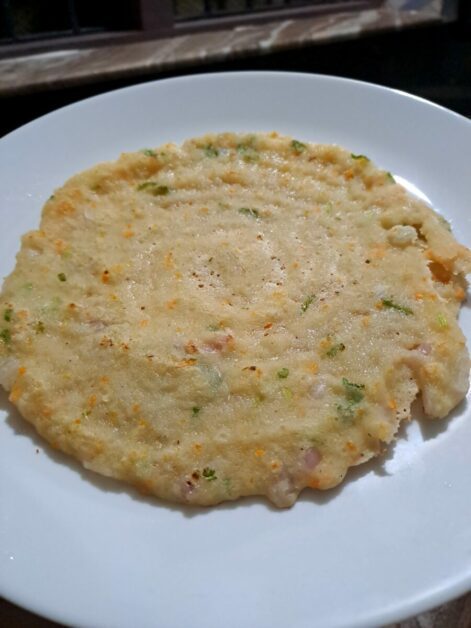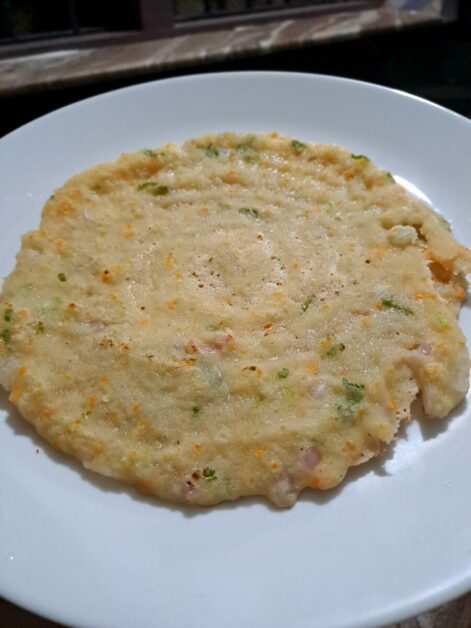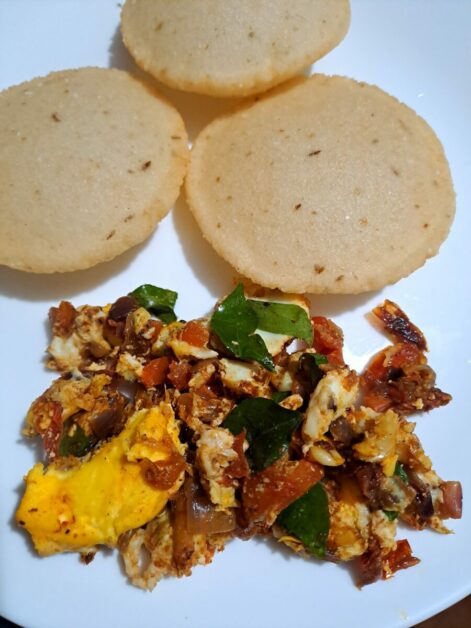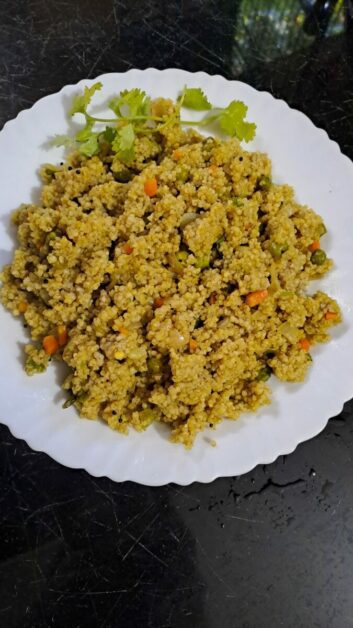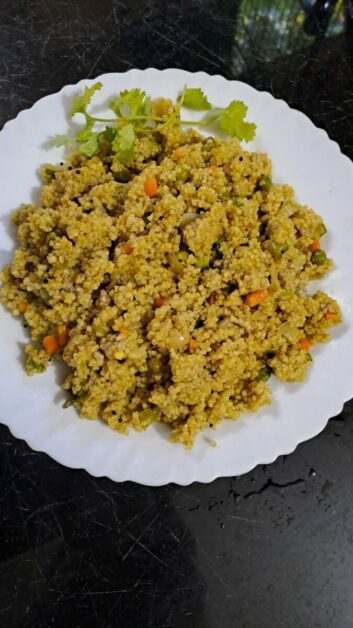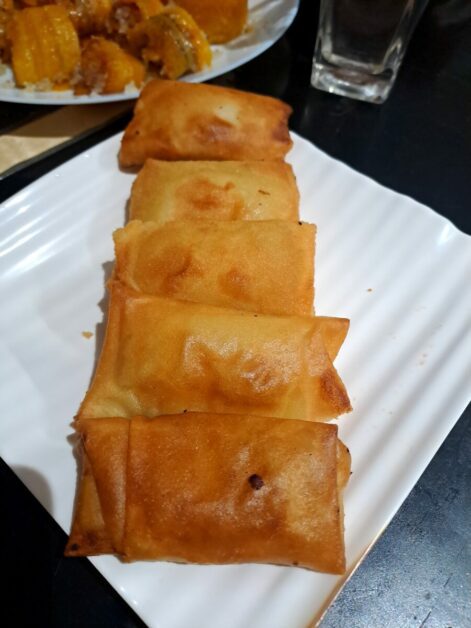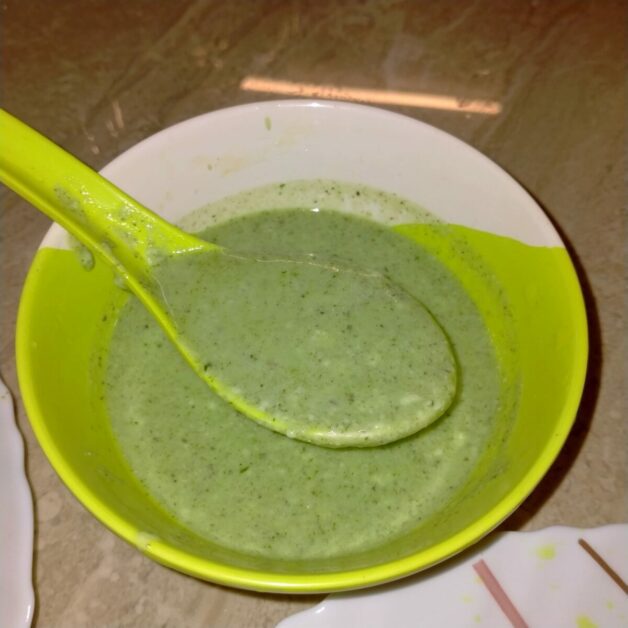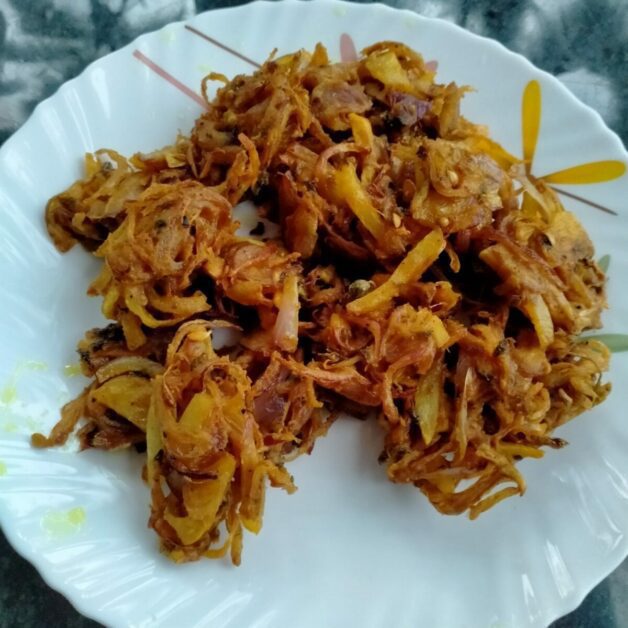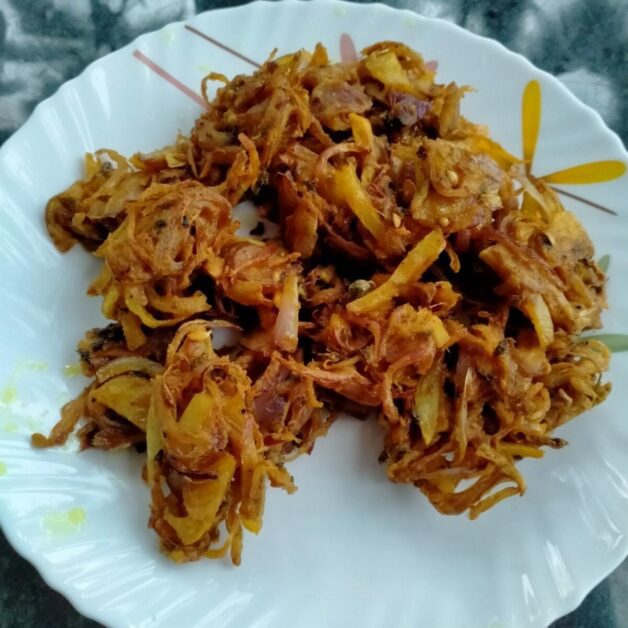Diabetic Friendly Ragi Puttu | Ragi Puttu
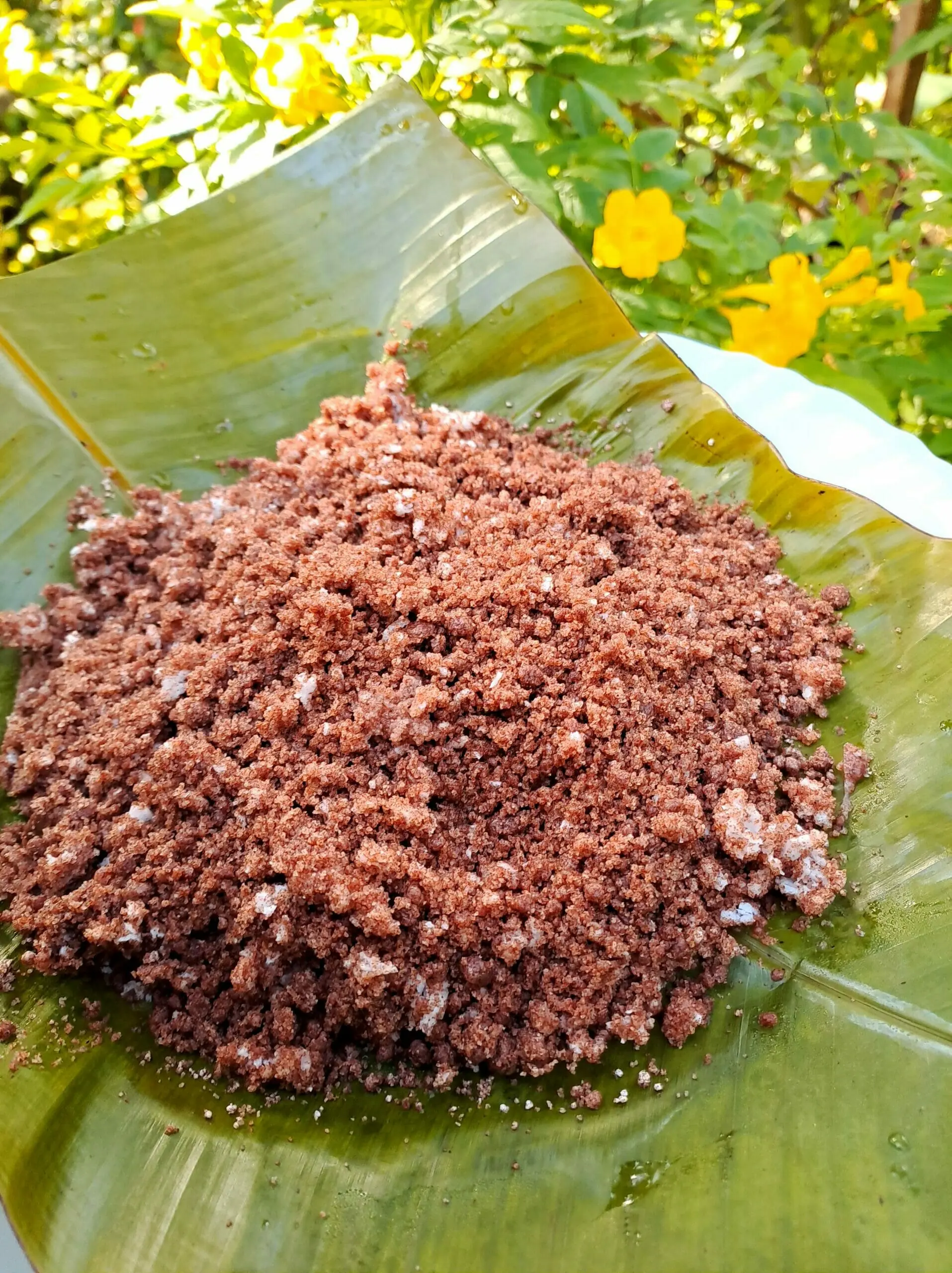

Diabetic Friendly Ragi Puttu: A Nutrient Rich Delight
Ragi Puttu, a beloved South Indian dish, has been a staple in traditional diets for generations. However, in recent years, as health consciousness has grown, a diabetic-friendly version of this classic dish has gained prominence. Ragi, also known as finger millet, is a powerhouse of nutrition and an excellent choice for individuals managing diabetes. In this article, we will delve into the various aspects of Diabetic Friendly Ragi Puttu, including its nutritional benefits, preparation methods, and its role in diabetes management.
Understanding Ragi:
Ragi, scientifically known as Eleusine coracana, is a gluten-free, whole grain widely cultivated in India and Africa. It is a nutritional powerhouse, rich in dietary fiber, essential amino acids, vitamins, and minerals. Ragi’s low glycemic index (GI) makes it an ideal choice for individuals with diabetes. It releases sugar into the bloodstream slowly, preventing sudden spikes in blood sugar levels.
Nutritional Benefits:
Diabetic Friendly Ragi Puttu offers a plethora of health benefits:
Low Glycemic Index: As mentioned earlier, ragi has a low GI, which means it has a minimal impact on blood sugar levels. This makes it a valuable addition to a diabetic diet.
High Fiber Content: Ragi is loaded with dietary fiber, aiding digestion and promoting a feeling of fullness. It helps regulate blood sugar levels by slowing down the absorption of glucose.
Rich in Antioxidants: Ragi is packed with antioxidants like polyphenols, which protect cells from oxidative stress and inflammation.
Abundant in Nutrients: Ragi is a good source of essential nutrients such as calcium, iron, magnesium, and B-vitamins, which are crucial for overall health.
Diabetic Friendly Preparation:
The traditional preparation of Ragi Puttu involves steaming ragi flour mixed with coconut. For the diabetic-friendly version, the focus is on keeping the dish as low in added sugars and fats as possible. Common modifications include:
Reduced Sugar: If any sugar is used, it’s typically replaced with a natural sweetener like jaggery in small quantities.
Limited Coconut: While coconut is a traditional ingredient in Puttu, it is used in moderation in the diabetic-friendly version due to its fat content. Unsweetened desiccated coconut is often preferred.
Incorporating Protein: Some variations include sources of protein, like nuts or seeds, to create a balanced meal that helps stabilize blood sugar levels.
Conclusion:
Diabetic Friendly Ragi Puttu is a shining example of how traditional dishes can be adapted to meet the dietary needs of individuals and managing diabetes. This nutritious and fiber-rich delicacy not only caters to the taste buds but also supports overall health and well-being. By making simple modifications in its preparation, Ragi Puttu becomes a valuable addition to a diabetic-friendly diet, offering a delicious and satisfying way to keep blood sugar levels in check.
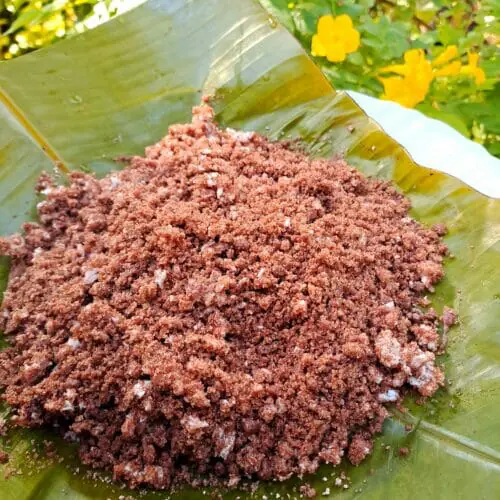
Diabetic Friendly Ragi Puttu
Instructions
- Take a bowl and add ragi powder.

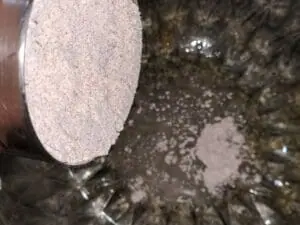
- Add salt as needed.


- Now add in water slowly and mix well with your hands.


- This will form into crumbs. The crumbs should not be dry, it should form into a tight ball when you hold it and it should crumble when you drop it.

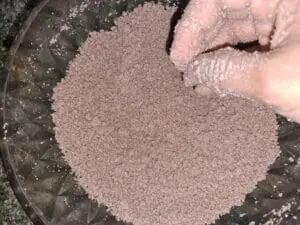
- Add grated coconut and mix well.

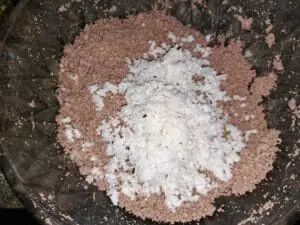
- Place a banana leaf in a steamer and add the mixture into it.

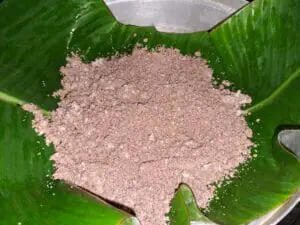
- Steam cook for 15 minutes.

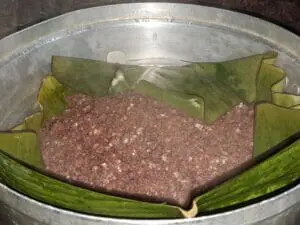
- Tasty and healthy Diabetic Friendly Ragi Puttu is ready now.

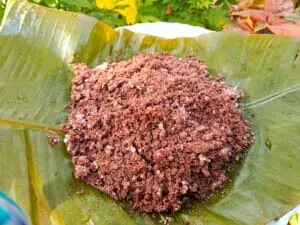
Notes
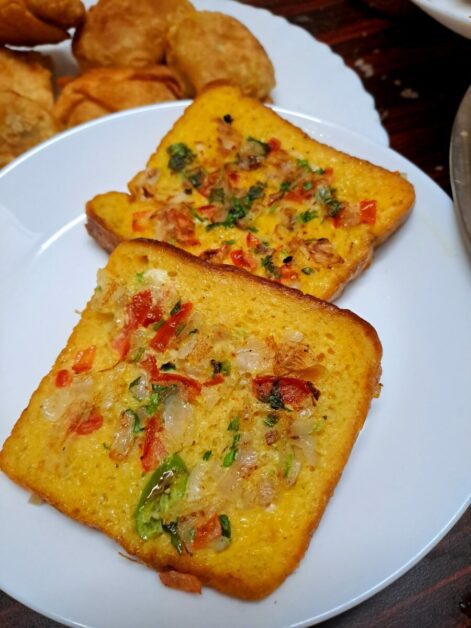
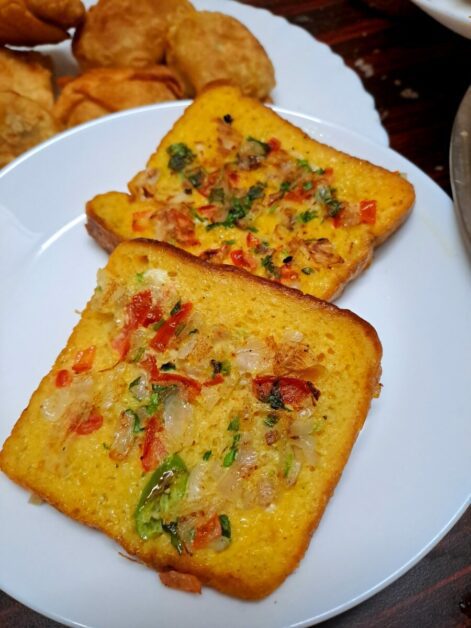



Spicy Bread Toast | Bachelor Special Toast





Spicy Bread Toast | Bachelor Special Toast





Spicy Bread Toast | Bachelor Special Toast







